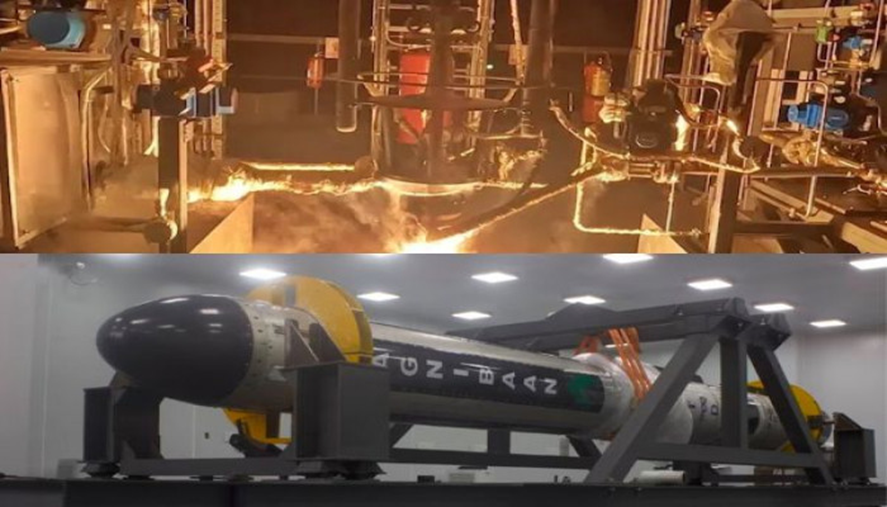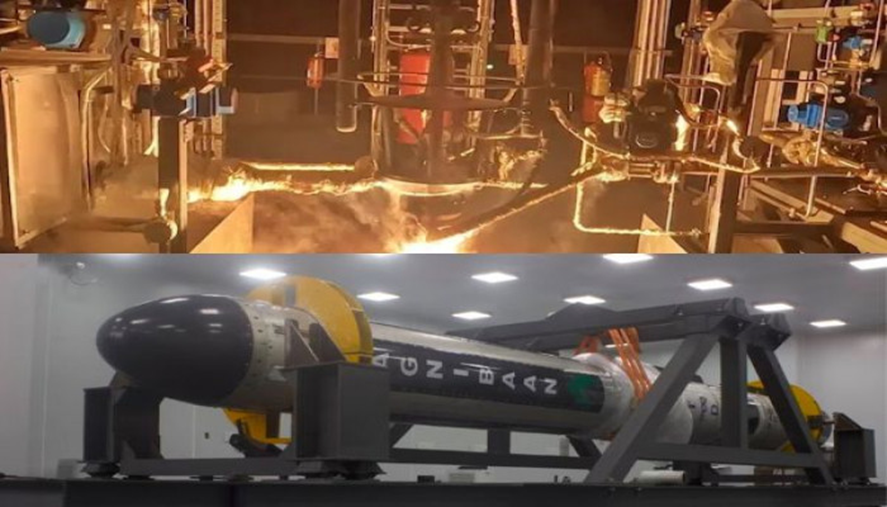Agnikul Cosmos, a Chennai-based private space start-up, has marked a significant milestone in India’s space technology landscape by successfully test-firing the nation’s first electric motor-driven semi-cryogenic rocket engine.
India’s First Electric Motor Driven Semi Cryogenic Rocket Engine
Agnikul Cosmos Achieves Breakthrough with India’s First Electric Motor-Driven Semi-Cryogenic Rocket Engine
In a historic milestone for India’s private space sector, Chennai-based space startup Agnikul Cosmos has successfully test-fired India’s first electric motor-driven semi-cryogenic rocket engine. This cutting-edge engine is set to power the company’s upcoming Agnibaan launch vehicle, placing Agnikul at the forefront of propulsion technology innovation.
A Revolutionary Step in Propulsion Technology
Announced on Friday, this achievement represents a major advancement in India’s aerospace capabilities, particularly in the private sector. What makes Agnikul’s engine stand out is its electric motor-driven throttling system. Unlike traditional engines that rely on gas generators or turbopumps, this system allows for precise thrust control by varying the speed of an electric motor—enhancing both mission flexibility and flight accuracy.
During the test, the engine demonstrated its capability to throttle across a wide range of thrust levels, confirming the reliability and adaptability of the design.
Advanced Propellant and Engine Design
The semi-cryogenic engine uses a unique combination of propellants: liquid oxygen (LOX) as a cryogenic oxidizer and refined kerosene as a non-cryogenic fuel. The use of electric motors to circulate these propellants offers greater efficiency and simplifies integration with modern control systems.
In addition, Agnikul continues to emphasize its signature single-piece engine design—many of the pump subsystems for this test were 3D-printed and assembled at Rocket Factory-1, an AS9100D-certified facility located at the IIT Madras Research Park in Chennai.
Made-in-India Innovation
Notably, the motor drives and control software were entirely developed in-house by Agnikul, showcasing the company’s strong foundation in indigenous innovation. The recent test is a vital step toward eventually firing a cluster of engines, a necessary milestone for lifting the Agnibaan rocket into orbit.
The Agnibaan Rocket: Customisable and Cost-Effective
Designed to meet the growing demand for affordable and customisable satellite launches, Agnibaan is a highly flexible launch vehicle. It can be configured to carry payloads ranging from 30 kg to 300 kg, making it ideal for small satellite missions in low Earth orbit (LEO).
Conclusion
With this successful test, Agnikul Cosmos has taken a giant leap forward in redefining rocket propulsion. The development not only boosts India’s presence in the global space industry but also strengthens the role of private players in shaping the future of space exploration.





















